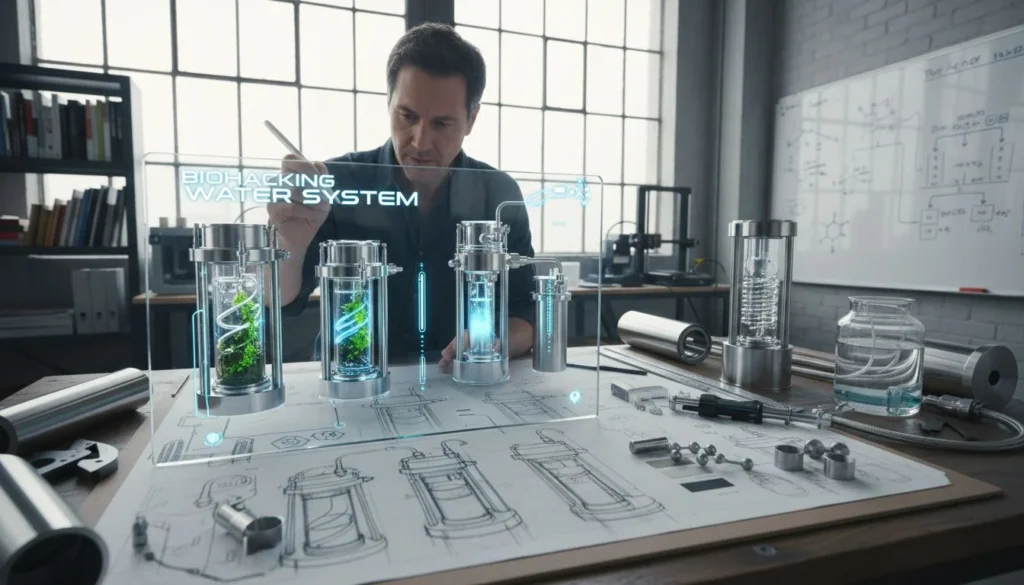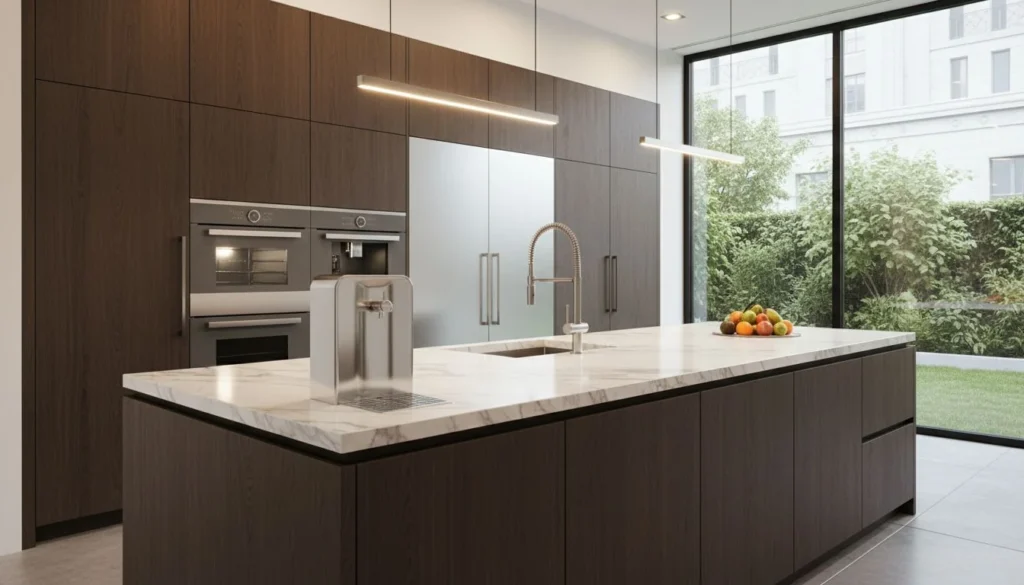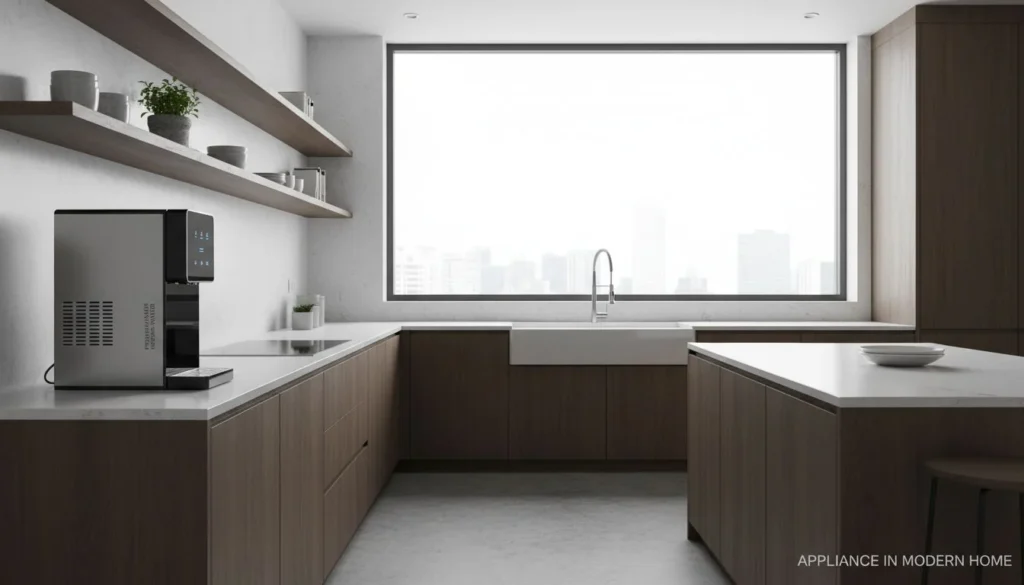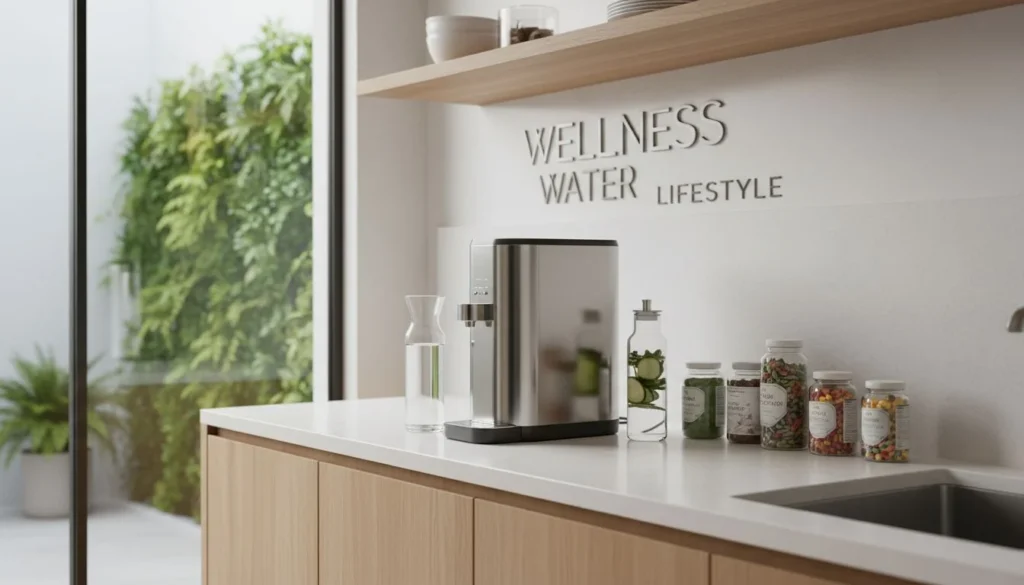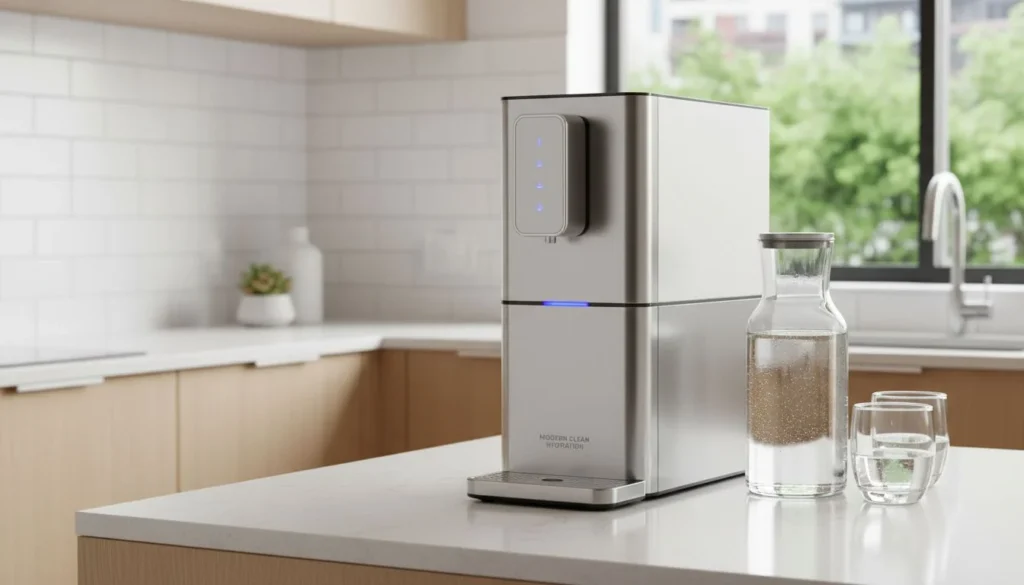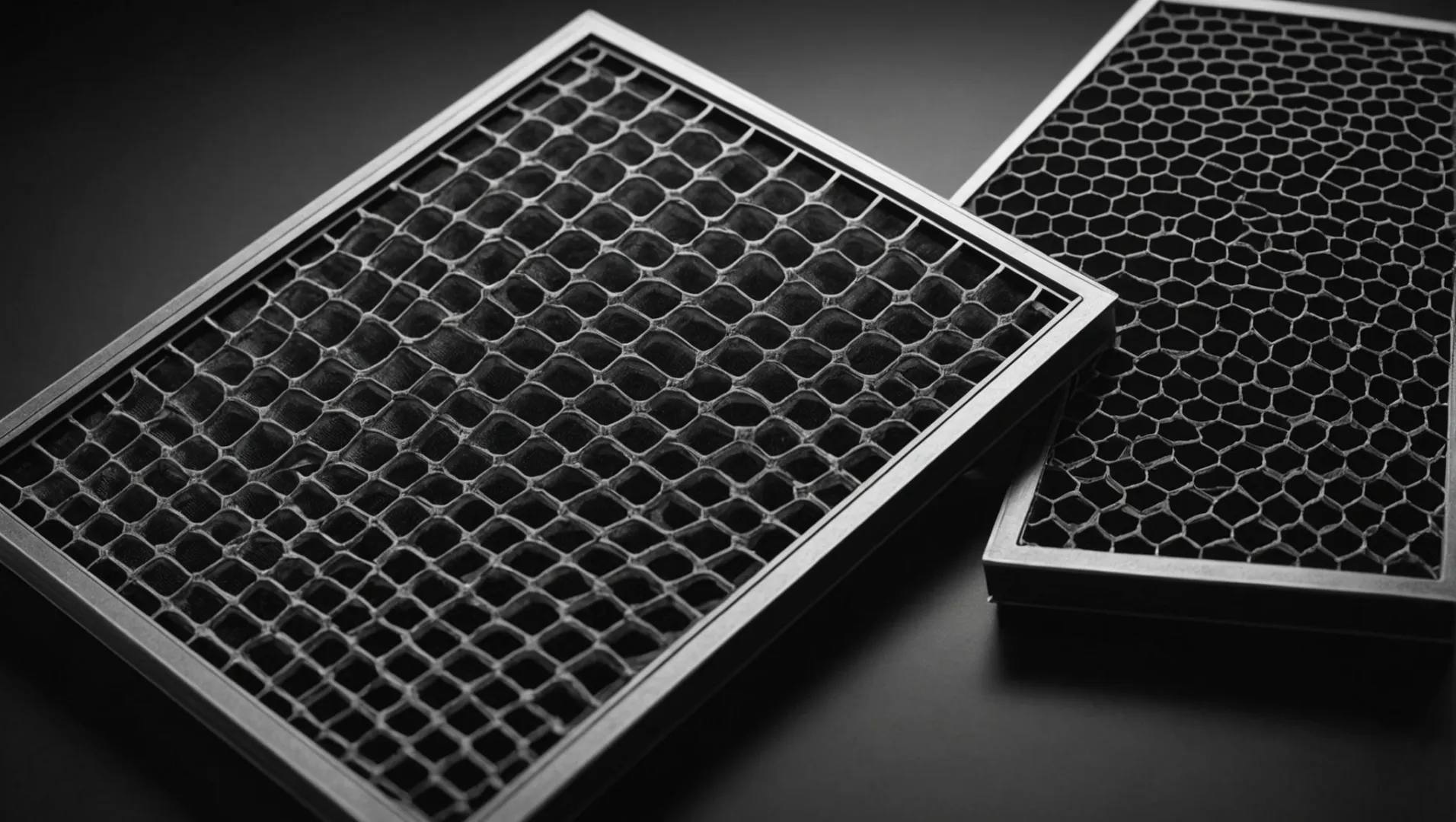
Elegir entre HEPA y filtros de carbono es algo más que una decisión técnica; es un paso hacia una vida más sana.
HEPA son superiores en la eliminación de partículas en suspensión, mientras que los filtros de carbono destacan en la eliminación de olores y compuestos orgánicos volátiles (COV). Para una purificación completa del aire, muchos sistemas combinan ambos para abordar una amplia gama de problemas de calidad del aire.
Comprender los puntos fuertes y las limitaciones de HEPA y los filtros de carbón pueden ayudarle a elegir la mejor opción para sus necesidades de calidad del aire. Profundicemos en el funcionamiento de estos filtros y descubramos cuál puede ser el más adecuado para su situación concreta.
Los filtros HEPA eliminan eficazmente los olores.Falso
Los filtros HEPA capturan partículas, no olores. Los filtros de carbono eliminan los olores.
¿Qué son HEPA Filtros y cómo funcionan
HEPA Los filtros son fundamentales para capturar las partículas diminutas del aire, lo que resulta crucial para lograr entornos respiratorios más limpios.
HEPA funcionan atrapando partículas de hasta 0,3 micras a través de una densa alfombra de fibras, mejorando eficazmente la calidad del aire al eliminar el polvo, el polen y otros contaminantes.
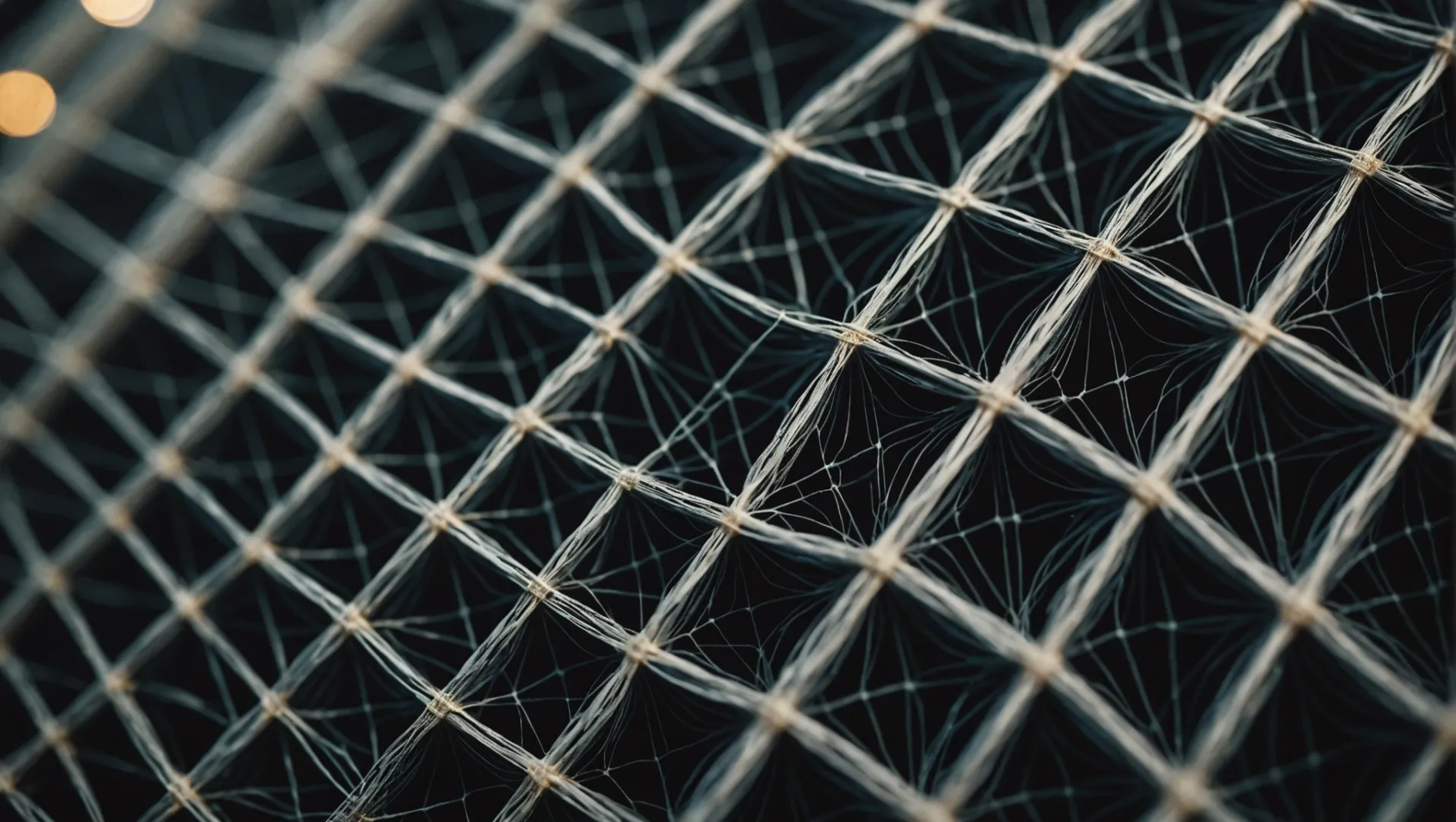
Comprender HEPA Tecnología
Aire con partículas de alta eficiencia (HEPA) están diseñados para capturar al menos el 99,97% de partículas de hasta 0,3 micras. Este nivel de eficacia se consigue mediante una combinación de tres mecanismos: interceptación, impactación y difusión. A medida que el aire fluye a través del filtro, las partículas quedan atrapadas en la densa red de fibras. HEPA eficacia del filtro1 normas van desde HEPA 11 a HEPA 14, con capacidades de filtración crecientes de 95% a 99,995%.
La estructura de HEPA Filtros
HEPA consisten en un conjunto de fibras dispuestas aleatoriamente, normalmente de fibra de vidrio. Los filtros funcionan ralentizando el movimiento de las partículas a través de su intrincado tejido, lo que permite una captura eficaz. Esta estructura es crucial para evitar partículas en suspensión2 pase a través del filtro y entre en el medio ambiente.
| HEPA Nivel | Eficacia de filtración |
|---|---|
| HEPA 11 | 95% |
| HEPA 12 | 99.5% |
| HEPA 13 | 99.95% |
| HEPA 14 | 99.995% |
Ventajas y limitaciones
El principal beneficio de HEPA es su capacidad para reducir significativamente los alérgenos transportados por el aire, lo que los hace ideales para personas con problemas respiratorios o alergias. Sin embargo, no eliminan los olores ni los gases, por lo que muchos purificadores de aire los combinan con filtros de carbono.
A pesar de su eficacia, HEPA Los filtros pueden obstruirse con el tiempo, reduciendo el caudal de aire y la eficacia. El mantenimiento y la sustitución periódicos son esenciales para garantizar un rendimiento óptimo.
Aplicaciones y casos prácticos
HEPA se utilizan ampliamente en diversos entornos, como hogares, hospitales y entornos industriales. Son especialmente beneficiosos en espacios que requieren normas estrictas de calidad del aire, como salas blancas y laboratorios.
En conclusión, comprender cómo HEPA función de los filtros y su papel en la mejora de la calidad del aire puede orientarle a la hora de seleccionar el sistema de purificación de aire adecuado a sus necesidades.
Los filtros HEPA capturan partículas de hasta 0,3 micras.Verdadero
Los filtros HEPA atrapan partículas de hasta 0,3 micras, mejorando la calidad del aire.
Los filtros HEPA eliminan eficazmente los olores y los gases.Falso
Los filtros HEPA no eliminan los olores ni los gases; necesitan filtros de carbono.
¿Qué eficacia tienen los filtros de carbón para eliminar olores?
¿Pueden los filtros de carbón eliminar realmente los olores de forma eficaz, o hay opciones mejores?
Los filtros de carbono son muy eficaces para eliminar olores y compuestos orgánicos volátiles (COV) adsorbiéndolos en su superficie. Este proceso neutraliza los olores desagradables de los animales domésticos, la cocina y el humo, por lo que los filtros de carbono son una opción popular en los sistemas de purificación de aire.
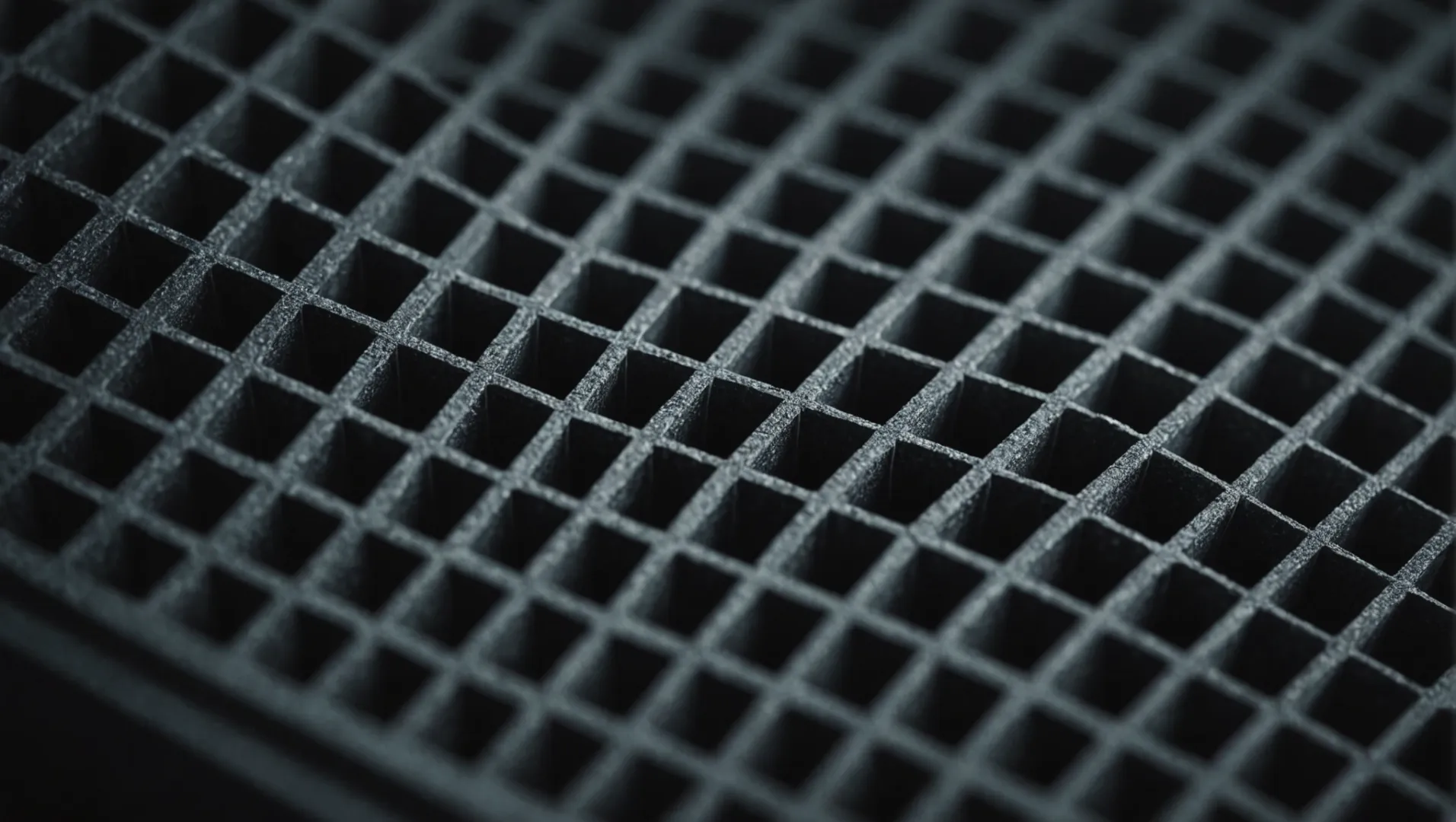
Filtros de carbón
Los filtros de carbón, a menudo denominados filtros de carbón activado, funcionan utilizando una gran superficie de carbón poroso para capturar y neutralizar olores y COV. Este proceso de adsorción es clave para su eficacia, ya que las moléculas olorosas se adhieren a la superficie del carbón.
Tipos de filtros de carbón
- Carbón activo corrugado: Ofrece una gran superficie de adsorción, ideal para entornos con olores intensos.
- Panal de carbono: Presenta un diseño estructurado que maximiza el flujo de aire a la vez que mantiene una alta capacidad de adsorción.
Cada tipo tiene sus ventajas, con carbón activo ondulado3 una amplia cobertura para los problemas graves de olores y carbono alveolar4 equilibrar la eficiencia con el flujo de aire.
Factores que afectan a la eficacia
- Caudal de aire: La eficacia de un filtro de carbón depende en gran medida del caudal de aire del purificador. Un caudal de aire elevado garantiza una exposición más frecuente del aire al filtro.
- Grosor del filtro: Las capas de carbón más gruesas pueden adsorber más partículas, pero pueden reducir el caudal de aire, afectando a la tasa de suministro de aire limpio (CADR).
- Integración de la tecnología: Algunos purificadores de aire utilizan técnicas de integración avanzadas para mejorar el rendimiento de los filtros de carbón combinándolos con otros sistemas de filtración.
Comparación de filtros de carbón con HEPA Filtros
En HEPA destacan en la eliminación de partículas como el polvo y el polen, los filtros de carbono no tienen rival en la eliminación de olores. Esta función complementaria es la razón por la que muchos purificadores de aire integran ambas tecnologías para cubrir un espectro más amplio de problemas de calidad del aire.
Casos de uso de los filtros de carbón
- Propietarios de mascotas: Los filtros de carbón neutralizan eficazmente los olores de las mascotas, proporcionando un ambiente interior más fresco.
- Cocinas: Útil para eliminar los olores fuertes de la cocina que tienden a perdurar.
- Fumadores: Ayuda a reducir los olores del humo del tabaco, mejorando la calidad general del aire.
Comprendiendo los puntos fuertes de diferentes tecnologías del carbono5 y sus aplicaciones específicas, podrá seleccionar un sistema purificador de aire que satisfaga sus necesidades particulares.
Los filtros de carbón son más eficaces que los filtros HEPA para la eliminación de olores.Verdadero
Los filtros de carbón adsorben los olores, a diferencia de los filtros HEPA que capturan las partículas.
Las capas de carbón más gruesas siempre mejoran el flujo de aire en los purificadores de aire.Falso
Las capas más gruesas pueden reducir el flujo de aire, afectando a la tasa de suministro de aire limpio.
¿Por qué se combinan los purificadores de aire? HEPA y filtros de carbón?
Combinación de HEPA y filtros de carbono maximiza la purificación del aire al centrarse en partículas, olores y gases.
Los purificadores de aire combinan HEPA y de carbono para hacer frente con eficacia tanto a las partículas en suspensión como a los gases contaminantes. Este sistema de doble filtro garantiza un enfoque más completo para mejorar la calidad del aire interior, ya que se ocupa tanto de las partículas como de los olores.
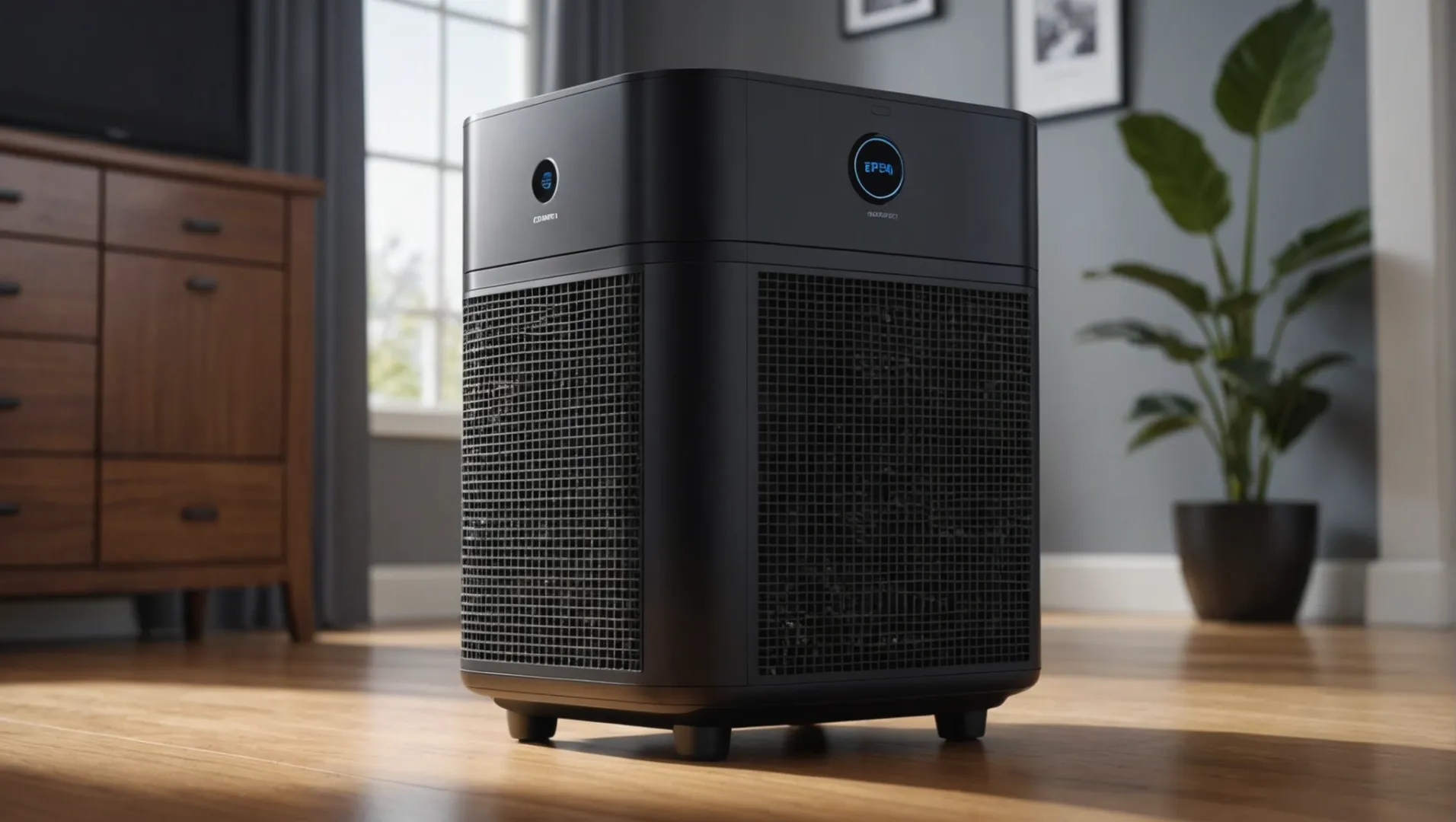
Comprender HEPA y funciones del filtro de carbón
Para apreciar por qué los purificadores de aire combinan HEPA6 y los filtros de carbono, es importante comprender sus funciones individuales. HEPA atrapan partículas como el polvo, el polen y la caspa de las mascotas. Son esenciales para quienes buscan reducir los alérgenos y mejorar significativamente la calidad del aire. Por otra parte, los filtros de carbono son competentes en la eliminación de olores y compuestos orgánicos volátiles (COV), que no son capturados por los filtros de carbón. HEPA filtros.
Ventajas de combinar filtros
La integración de ambos tipos de filtro en un purificador de aire atiende a un espectro más amplio de contaminantes. Por ejemplo, mientras que un HEPA capturará partículas finas como el humo y las bacterias, un filtro de carbón neutralizará el olor a humo y absorberá los gases nocivos liberados por los productos de limpieza o la pintura.
| Tipo de filtro | Funciones clave | Ideal para |
|---|---|---|
| HEPA | Elimina partículas y alérgenos | Alérgicos, asmáticos |
| Carbono | Elimina olores, COV y gases | Hogares con mascotas, olores de cocina |
Consideraciones sobre eficiencia y rendimiento
El uso de ambos filtros exige equilibrar la eficiencia con el rendimiento. Por ejemplo, los diferentes grados de HEPA filtros, que van desde HEPA 11 a HEPA 14-ofrecen distintos niveles de eficacia de filtración, con HEPA 14 filtrando hasta el 99,997% de partículas. Mientras tanto, el tipo de filtro de carbón, ya sea carbón activado corrugado o en forma de panal, afecta a su capacidad para eliminar eficazmente los olores.
Además, los filtros de carbón más pesados pueden aumentar la resistencia dentro del sistema purificador de aire, reduciendo potencialmente la tasa de suministro de aire limpio (CADR). Es fundamental que los fabricantes encuentren un equilibrio entre la eficacia de la filtración y el mantenimiento de una tasa de suministro de aire limpio elevada para conseguir un rendimiento óptimo de la purificación del aire.
Aplicaciones prácticas
Para los consumidores, elegir un purificador de aire que combine tanto HEPA y de carbono significa obtener una protección completa contra una serie de problemas de calidad del aire. Tanto si le preocupa el polen en primavera como los olores de la cocina, este sistema de doble filtro puede ofrecerle una solución versátil.
Si conoce los puntos fuertes de cada tipo de filtro, podrá tomar una decisión informada a la hora de elegir el purificador de aire que mejor se adapte al entorno de su hogar.
Los filtros HEPA eliminan eficazmente los olores.Falso
Los filtros HEPA capturan las partículas, no los olores; los filtros de carbón se encargan de los olores.
Los filtros de carbono capturan los compuestos orgánicos volátiles.Verdadero
Los filtros de carbón absorben los COV, a diferencia de los filtros HEPA que capturan las partículas.
¿Qué tipo de filtro es mejor para los alérgenos y el asma?
Navegar por el mundo de los filtros de aire es esencial para los asmáticos y las personas propensas a las alergias.
HEPA suelen ser la mejor opción para controlar los alérgenos y los desencadenantes del asma debido a su gran eficacia para atrapar partículas finas como el polvo, el polen y la caspa de las mascotas. Para obtener resultados óptimos, elija un filtro con una HEPA como HEPA 13 o 14, que pueden capturar hasta el 99,97% de las partículas suspendidas en el aire.

Comprender HEPA Filtros para alérgenos
Aire con partículas de alta eficiencia (HEPA) están diseñados específicamente para capturar al menos el 99,97% de partículas de hasta 0,3 micras. Esto los hace muy eficaces para las personas con alergias y asma, ya que pueden atrapar desencadenantes comunes como los ácaros del polvo, el polen y la caspa de las mascotas. HEPA filtros7 se clasifican por su eficiencia, con HEPA 13 y 14 son los más eficaces en entornos residenciales.
HEPA funcionan haciendo pasar el aire a través de una malla fina que captura las partículas nocivas. Su eficacia puede variar en función de la clasificación específica del filtro, la capacidad de flujo de aire y la frecuencia de mantenimiento. Es fundamental sustituir HEPA regularmente para mantener su eficacia y garantizar que sigan proporcionando aire limpio.
El papel de los filtros de carbono en el tratamiento del asma
En filtros de carbón8 se centran principalmente en gases, olores y compuestos orgánicos volátiles (COV), desempeñan un papel de apoyo en el control del asma al eliminar del aire posibles irritantes. Los filtros de carbono utilizan carbón activado para adsorber moléculas, lo que puede ayudar a reducir la exposición a determinados desencadenantes del asma, como el humo del tabaco o los olores de la cocina.
Sin embargo, es importante tener en cuenta que los filtros de carbón no capturan las partículas, que suelen ser más importantes para el tratamiento del asma. Por lo tanto, aunque son útiles, no deben considerarse la solución principal para la eliminación de alérgenos.
Combinación de filtros para una protección completa
Muchos purificadores de aire modernos integran ambos HEPA y filtros de carbono para ofrecer soluciones integrales de limpieza del aire. Esta combinación permite a los usuarios beneficiarse de la capacidad de captura de partículas de HEPA y los olores y gases contaminantes con filtros de carbono.
La integración de estas dos tecnologías puede crear un entorno óptimo para quienes padecen asma o alergias, garantizando una gestión eficaz tanto de las partículas como de los gases irritantes. A la hora de elegir un purificador de aire, considere los modelos que incorporan sistemas de filtración multietapa para garantizar la mayor protección posible.
Al seleccionar un sistema de filtrado, evalúe factores como la tasa de suministro de aire limpio (CADR), los niveles de ruido y los costes de sustitución del filtro para tomar una decisión informada. Invertir en un purificador de aire de alta calidad con HEPA y los filtros de carbono pueden mejorar significativamente la calidad del aire interior y aliviar los síntomas de las personas alérgicas y asmáticas.
Los filtros HEPA 13 capturan el 99,97% de las partículas.Verdadero
Los filtros HEPA 13 son muy eficaces, ya que capturan partículas de hasta 0,3 micras.
Los filtros de carbono capturan eficazmente los ácaros del polvo.Falso
Los filtros de carbono se centran en los gases y los olores, no en las partículas como los ácaros del polvo.
Conclusión
Para una calidad de aire óptima, considere un purificador con HEPA y filtros de carbono. Trabajan juntos, abordando tanto las partículas como los olores, lo que conduce a un hogar más saludable.
-
Conozca las diferentes normas HEPA y sus niveles de eficiencia.: Según las normas europeas, existen 17 clases de filtros: cuanto mayor es la clase, mayor es la eficiencia. Las clases E10 a E12 son eficientes ... ↩
-
Descubra cómo la estructura del filtro HEPA captura y retiene las partículas.: Este tipo de filtro de aire puede eliminar teóricamente al menos el 99,97% de polvo, polen, moho, bacterias y cualquier partícula en suspensión en el aire con un tamaño de 0,3 ... ↩
-
Descubra cómo el carbón activado corrugado mejora la eficacia de eliminación de olores.: El carbón activado, también llamado carbón vegetal activado, es una forma de carbón que se utiliza habitualmente para filtrar contaminantes del agua y el aire, entre otros muchos usos. ↩
-
Descubra cómo el diseño de panal mejora el rendimiento de los purificadores de aire.: El carbón activado en forma de panal es un nuevo tipo de producto ecológico de purificación de gases residuales de carbón activado, que puede reducir eficazmente los olores y los contaminantes. ↩
-
Explore varias tecnologías de filtros de carbón para un control óptimo de los olores.: Tecnología de purificador de aire que utiliza filtros de carbón o carbono para absorber y contener olores, COV y humo del aire. ↩
-
Conozca la capacidad de captura de partículas de los filtros HEPA.: Los filtros HEPA son filtros de aire mecánicos plisados que tienen un grosor considerable para capturar las partículas. Los pliegues crean una estera ... ↩
-
Explore cómo los filtros HEPA capturan eficazmente los alérgenos.: El uso de una aspiradora HEPA atrapará algunas partículas, dejando otras que se agitan en el espacio de respiración para ser eliminadas por la filtración de aire de la habitación o de toda la casa. ↩
-
Comprenda cómo los filtros de carbón eliminan los olores y los gases.: Los filtros de carbón atrapan los olores mediante un proceso llamado adsorción, que se produce cuando las moléculas se adhieren al exterior de una superficie, en lugar de quedar impregnadas en ella. ↩


